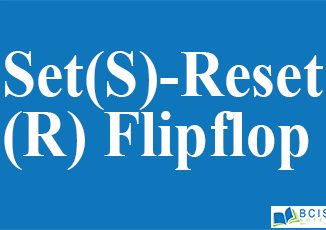
Set(S)-Reset(R) Flipflop || Sequential Logic || Bcis Notes
Set(S)-Reset(R) Flipflop The Set(S)-Reset(R) flipflop also knew as S-R latch can be considered as one of the most basic sequential logic circuits possible. This simple […]

Set(S)-Reset(R) Flipflop The Set(S)-Reset(R) flipflop also knew as S-R latch can be considered as one of the most basic sequential logic circuits possible. This simple […]

Interfaces and Packages Interfaces and Packages are syntactically similar to classes, but they lack instance variables, and their methods are declared without anybody. A package […]

Polymorphism Polymorphism is the ability of an object to take on many forms. The most common use of it in OOP occurs when a parent […]
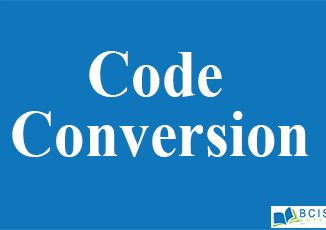
Code Conversion The availability of a large variety of codes for the same discrete elements of information results in the use of the different codes […]

Multilevel Hierarchy We have been using simple class hierarchies that consist of only a superclass and a subclass. However, you can build hierarchies that contain […]

Inheritance and Member Access Inheritance simply defined as the behaviour and character that the subclass or the child class gets itself by default from the […]
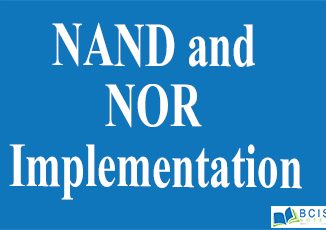
NAND and NOR Implementation Digital circuits are more frequently constructed with NAND or NOR gates than with AND and OR gates. NAND and NOR gates […]

Four Levels of The Five Stages of Grief (Linda Paston): 1. Literal Comprehension The night when the narrator lost her husband someone told her that […]

Karnaugh Map The Karnaugh map (KM or K-map) is a method of simplifying Boolean algebra expressions. Maurice Karnaugh introduced it in 1953 as a refinement […]
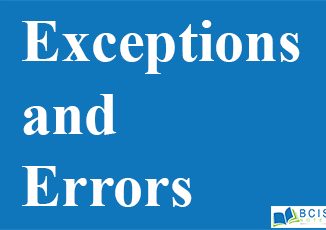
Exceptions And Errors Exceptions And Errors are described below. Exceptions An exception (or exceptional event) is a problem that arises during the execution of a […]
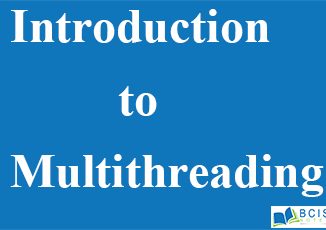
Introduction to Multithreading Introduction to Multithreading is given below:- Multithreading in java is a process of executing multiple threads simultaneously. Thread is basically a lightweight […]
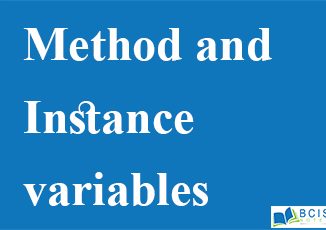
Method and Instance Variables Method and Instance Variables are described such as Methods are a collection of statements that are group together to operate. Method […]

Garbage Collection In Java, garbage means unreferenced objects. Garbage Collection is a process of reclaiming the runtime unused memory automatically. In other words, it is […]
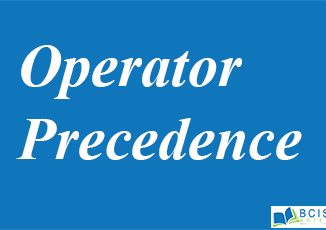
Type-casting Assigning a value of one type to a variable of another type is known as Type Casting. In other words, typecasting is a way to […]

Features of Object-Oriented Programming The features of Object-Oriented Programming are given bellow:- Object Class Data Hiding and Encapsulation Dynamic Binding Message Passing Inheritance Polymorphism […]

Four Levels of On The Eve of His Execution The four levels of On The Eve of His Execution can be interpreted in the following […]
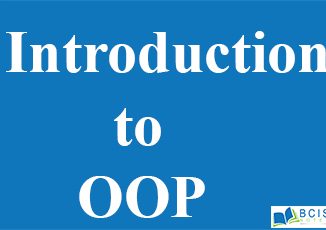
Introduction to Object-Oriented Programming Introduction to Object-Oriented Programming:- OOP is a programming paradigm in which you program using objects to represent things you are programming […]

Repudiation of Say’s Law and Full Employment Theory Repudiation of Say’s Law and Full Employment Theory are described below:- The principle of effective demand repudiates […]
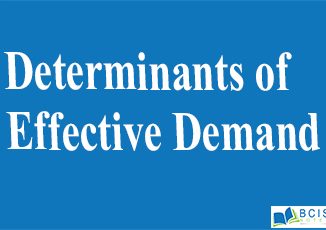
Determinants of Effective Demand According to Keynes full employment is not a normal situation as stated in the Classical theory. He argued that the economy’s […]
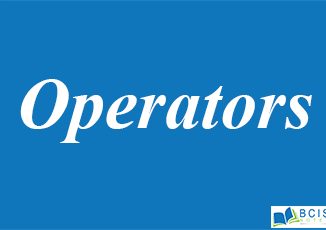
Operators An operator, in Java, is a special symbol performing specific operations on one, two, or three operands and then returning a result. They are […]
Copyright © 2025 | WordPress Theme by MH Themes